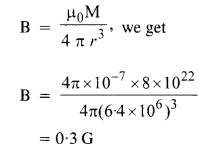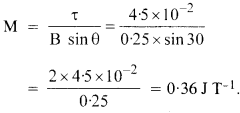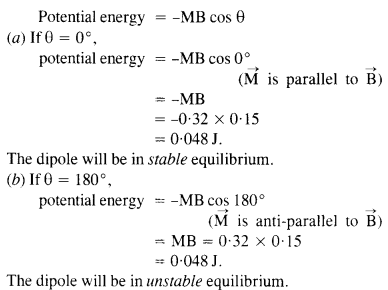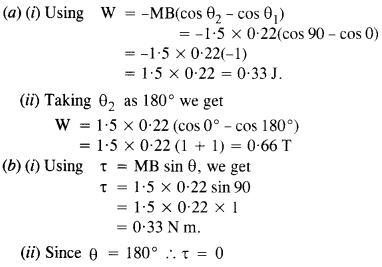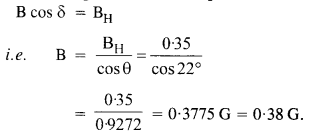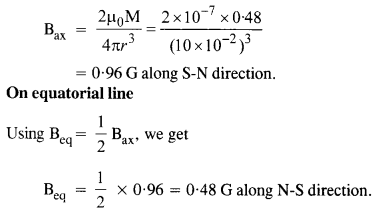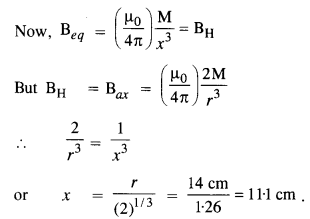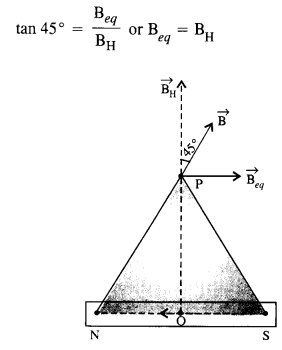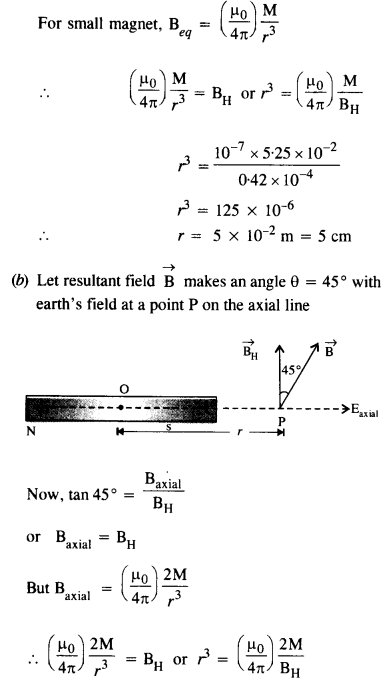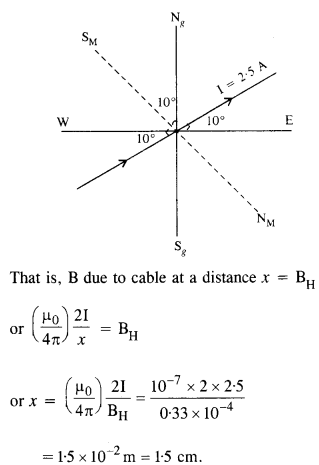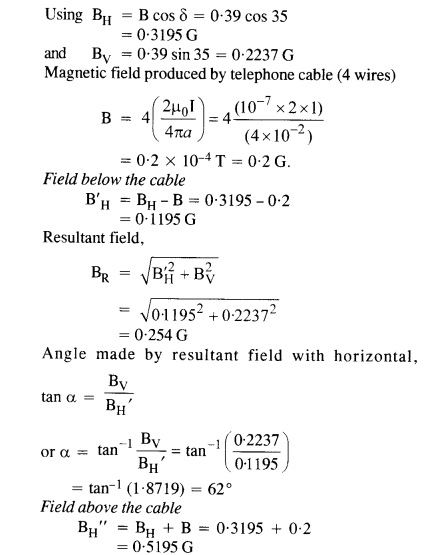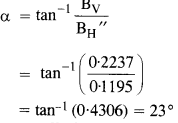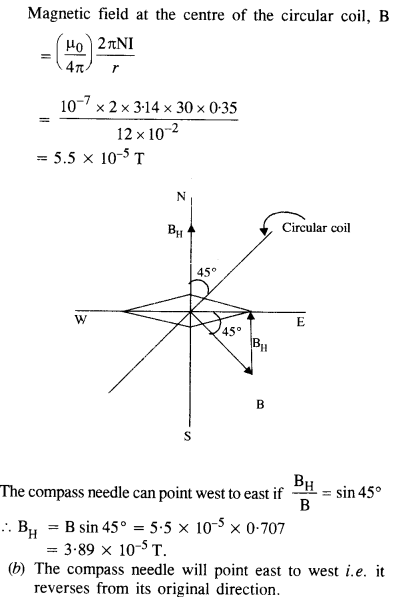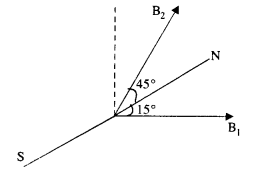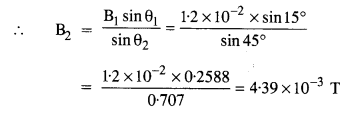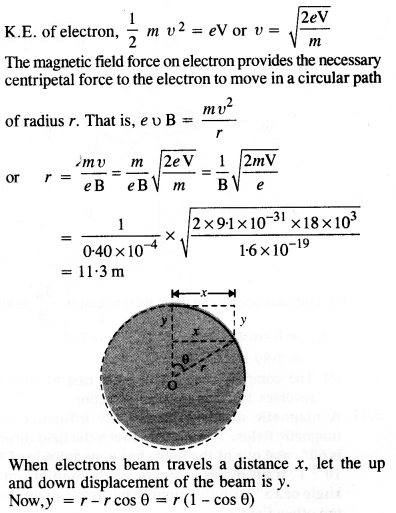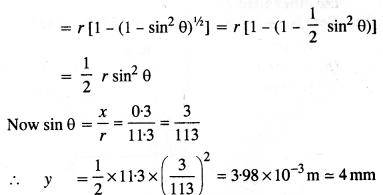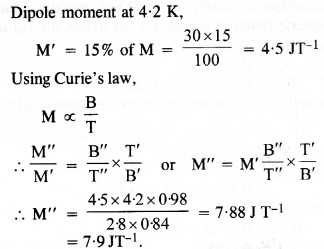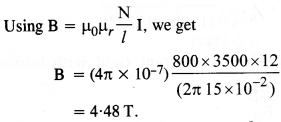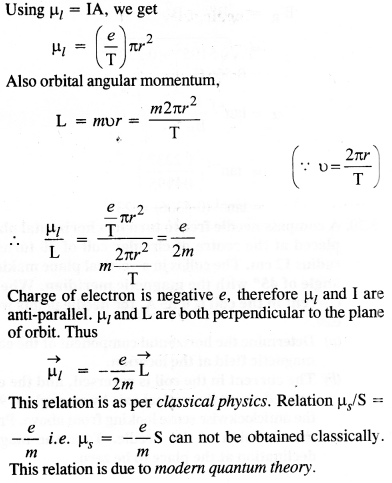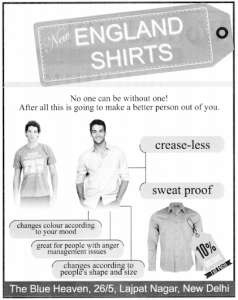Here we are providing NCERT Solutions for Class 12 English Vistas Chapter 6 On the face of It. Students can get Class 12 English On the face of It NCERT Solutions, Questions and Answers designed by subject expert teachers.
On the face of It NCERT Solutions for Class 12 English Vistas Chapter 6
On the face of It NCERT Text Book Questions and Answers
On the face of It Reading with insight
Question 1.
What is it that draws Derry towards Mr Lamb in spite of himself?
Answer:
Derry met Mr Lamb by chance. As he walked into Mr Lamb’s garden, his apprehensions were put to rest by the sensitive counselling he received. Derry, as a young boy with a burnt face, was subjected to alienation and pity.People felt that his face was “a terrible thing” and shunned him. Mr Lamb taught him how beauty was relative and individuality of each creation was to be treasured. He taught Derry to view things differently and taught him to embrace his flaw. He told Derry’ of a man who was afraid of everything and who shut himself up in a room, till a picture fell off the wall onto his head and killed him.
He told him not to hide behind his deformity. He gave Derry the conviction to achieve what he wanted out of life. Derry learnt to let go of his hatred that was eating him up from inside. When Derry defended Mr Lamb to his mother, he seemed to be overwhelmed and inspired by Mr Lamb’s ideas. He found in Mr Lamb someone who looked beyond his deformity and did not pity or fear him. Mr Lamb attracted Derry because he taught him the valuable lesson of not indulging in self-pity and of looking at the brighter side of things. He taught Derry, by his own example, to be unafraid and to face the world.
Question 2.
In which section of the play does Mr Lamb display signs of loneliness and disappointment? What are the ways in which Mr Lamb tries to overcome these feelings?
Answer:
Mr Lamb comes across as a lonely, but cheerful figure who wards off his loneliness by finding diversion in nature around him. He appears to be caught up in his own world—his garden. His leg was blown off years back and the kids called him “Lamey-Lamb” but he had learnt not to let that bother him. He lived alone in his house and spent his time watching, listening, and thinking. When Mr Lamb told Derry that he had lot of friends, Derry suspected him of lying and declared that he would probably die alone, unattended. Mr Lamb found solace in his bees and crab apples. When Derry talked of going back home, he wistfully remarked, “Once you get home, you’d never let yourself come back.”
He made an effort to befriend people, leaving the door open, and the window curtain-less. Mr Lamb tried to overcome his loneliness and did not seem overwhelmed by the same. He sat in the garden and listened to his bees singing and sat in the sun and read books. Unlike Derry, he complained little about being isolated, he found company in nature around him, content to marvel at their beauty, and the occasional visitors.
Question 3.
The actual pain or the inconvenience caused by a physical impairment is often less than the sense of alienation felt by the person with a disability. What is the kind of behaviour that the person expects from others?
Answer:
The right word for ‘physical impairment’ is ‘differently-abled’—a word framed to view people in a more sensitive manner. But, it is cruel that over 90 million physically-challenged children worldwide, of whom 36 million are in India,are being systemically excluded from mainstream education. Many of them are stereotyped frequently and also face alienation even within their own families.
They deserve to be understood and accepted as productive and effective citizens. Issues of physical accessibility are just the tip of the iceberg. Instead of questioning the need for civil rights for people with disabilities, we must question a society in which these rights are not the norm. The most important thing we can do is value the voice of the people with disabilities. History is fraught with well-meaning individuals who truly desired to assist people with disabilities, but in their haste to help, they neglected to empower these people to be their own advocates. We must allow people with disabilities to become the subjects rather than the objects of their own history.
Each of us must continually question our own presumptions and attitudes. We must be willing to give people with disabilities their rightful place at the conversation table and be willing to listen to their truth. Ostracising or offering them pity pushes them back to darkness. We should strive to bring them to light.
Question 4.
Will Derry get back to his seclusion or will Mr Lamb’s brief association effect a change in the kind of life he will lead in future?
Answer:
When Derry met Mr Lamb, he suffered from a deep-rooted complex and felt he had “the ugliest face”. Subjected to insensitive remarks and alienated from the natural course of life, he came to view himself as a hideous monster to be kept away from human company. Mr Lamb, in his sensitive dealings, almost healed Derry. He liberated him from his misery.
Mr Lamb exposed him to a new world where one’s physical attributes did not matter. He respected each creation’s individuality. He taught Derry beauty was relative, and inspired him to achieve what he wished for, in spite of his disability. The brief meeting left an indelible imprint on Derry’s young mind. For the first time Derry felt comfortable with himself.
He told his mother that he did not care what he looked like. He had learnt to accept himself. Though Derry returned to find Mr Lamb dead, he was unlikely to retreat into his cocoon of isolation. This encounter between them seemed to have a purpose of passing on Mr Lamb’s wisdom and sensitivity to Derry’s young understanding. He would most certainly carry on with Mr Lamb’s advice and inspiration.
On the face of It Extra Questions and Answers
On the face of It Short Answer Questions
Question 1.
What is the setting of the play?
Answer:
The setting of the play is Mr Lamb’s garden where there is the occasional sound of birdsong and of tree leaves rustling. Derry had jumped over the wall and walked slowly and tentatively through the long grass. He came round to a screen of bushes, where he encountered Mr Lamb, the owner of the house.
Question 2.
“I’m not afraid. People are afraid of me.” Why did Derry say this?
Answer:
Derry was made to feel isolated as people shunned him and kept away from him. He felt that since he had a scarred face, “a terrible thing”, people feared him. He admitted to being afraid and repulsed of his own self when he looked at himself in the mirror.
Question 3.
What did Derry feel about his face? Why?
Answer:
Derry told Lamb that his face had been burnt by acid. The acid ate his face and consequently ate away at his life. He felt “it won’t ever be any different”. He felt so because he has been shabbily treated by people around him. Even his family viewed him differently, with pity.
Question 4.
How did Mr Lamb react to Derry viewing himself differently?
Answer:
Mr Lamb explained to him that external appearance was inconsequential. He taught him to disregard accepted notions of beauty. A weed was considered redundant by everyone, but to Mr Lamb, weeds were a thing of beauty. He drew on the example to make Derry understand that beauty had alternate meanings.
Question 5.
How had Mr Lamb lost his leg? What was people’s reaction to it?
Answer:
One of Mr Lamb’s legs had been blown off, years back, when he was at war. People called him “Lamey- Lamb”. He admitted that it did not bother him anymore.
Question 6.
Why did Derry feel he was unlike the beast in the story ‘Beauty and the Beast’?
Answer:
Derry admitted that he had often been consoled by people who cited the example of the Beast, who was loved by Beauty in spite of his physical appearance. However, Derry received little consolation from the example of the Beast who was changed to a handsome prince following Beauty’s kiss. Derry regretted that he would have to live with his damaged face forever.
Question 7.
Narrate the example of the man who was afraid of everything, as narrated by Mr Lamb.
Answer:
Mr Lamb said there was a man—afraid of everything. He locked himself up in a room and never left it. He was afraid that a bus might run him over, or a man might breathe deadly germs onto him, or a donkey might kick him to death, or lightning might strike him down, or he might love a girl and the girl might leave him, or he might slip on a banana skin and fall. He locked himself up in his room and stayed there, till a picture fell off the wall on his head and killed him.
Question 8.
What was Lamb’s advice to Derry about “hating people”?
Answer:
When Derry said that he hated some people, Mr Lamb told him hating people did more harm than any bottle of acid. Whereas, acid only burnt his face, hating could bum him from inside.
Question 9.
What was Derry’s mother’s reaction to his meeting with Lamb?
Answer:
Derry’s mother was apprehensive of Mr Lamb, influenced as she was by what people thought of him. She had been warned by people to keep away from Mr Lamb. She stopped Derry from going back to Mr Lamb’s. But Derry was determined. He wanted to go back there and listen to things that mattered, things nobody else had ever said to him.
On the face of It Long Answer Questions
Question 1.
“Acid.. .ate my face up. It ate me up.” Describe the miseries suffered by Derry after the unfortunate incident he refers to.
Answer:
Derry’s face was badly scarred as he got burned with acid. He was deeply wounded by people’s behaviour.
He felt that though people pretended to be sympathetic, they were afraid of him because he had the ugliest face. Derry recalled how a woman had said that his face was “a terrible thing” and was “a face only a mother could love”. He had heard lots of things that were as hurtful. Moreover, he did not like people staring at him or being afraid of him. He remembered how only his mother had once kissed him, and that too, on the other side of his face. He felt that she too did it out of pity.
He had heard his parents wonder about what would happen to him when they died as it would be difficult for him to get on in the world with a face like his. He had heard a person say that people were better off with others like themselves, for example, blind people only ought to be with other blind people and idiot boys with idiot boys. Derry, too, preferred such a situation because people would then not stare at him. The attitude of people towards Derry reflects the callousness of the society towards the physically impaired.
Question 2.
Mr Lamb also displays signs of loneliness and disappointments. What are these? What are the ways in which Mr Lamb tries to overcome these feelings?
Answer:
Mr Lamb was called “Lamey-Lamb” as his leg was blown off years back in a bomb attack and he had a tin leg. He was very lonely and longed for company as he lived alone in his house. He welcomed Derry into his garden and tried to put his fears to rest. When Derry noticed that there were no curtains at the windows and inquired about it, Mr Lamb told him that it was so because he neither liked shutting things out, nor shutting them in, implying his openness of mind. He liked the light and the darkness, and also wanted to hear the wind.
These views were a manifestation of Mr Lamb’s desires. He wanted hundreds of friends to visit his house. This was also evident from the fact that he always left the gate open. He visualized people coming in and sitting in front of the fire in winter and kids coming for the apples and pears and for toffee that he made with honey. Mr Lamb felt that people “are never just nothing”. Like the open windows, Mr Lamb was always “waiting, watching and listening”.
Question 3.
How were Derry’s and Mr Lamb’s views different?
Answer:
Both Derry and Mr Lamb had a physical handicap. Derry had a face that was half burnt with acid while Mr Lamb’s leg had been blown off and had been replaced with a tin leg. That was where the similarity ended. Derry’s burnt face had scarred his soul. He was withdrawn and felt that people were afraid of him because he had the ugliest face. He felt that people pretended to be sympathetic when actually they were repulsed. They either ignored him or gave him curious looks, glances and questions. He feels awkward and abnormal.
He did not even like his mother to kiss him because she kissed the other side of his face and he felt she did so as she had to. This sense of isolation is heightened by the overprotective attitude of his mother, who tried to keep him isolated to protect him from getting hurt. As a result, he had no true friends. Derry believed that people such as him are better off with others like themselves to avoid being stared at.
On the other hand, Mr Lamb said that beauty was relative and he enjoyed everything God had made—even the weeds in the garden and the bees singing. He respected each creation’s individuality. He said that the world was as one looked at it. He did not care about physical attributes and said they were not important.
He felt that Derry had arms, legs, eyes, ears, tongue and a brain. He could get with his life, like everyone, or even better. He also said that hating people would do him more harm than any bottle of acid. It would burn away his inside. He clarified to Derry that people with the same deformity were also different. It was incorrect to judge people by what they looked like. One had to watch, listen, and think to notice the differences. Though Mr Lamb led a lonely life, he liked to think that the people who entered his garden were his friends. He avoided thinking of his isolation and tried to invite company by keeping the gate to his house open.
Question 4.
A positive attitude helps to tackle all difficulties in life. Elaborate with reference to Mr Lamb in the play “On the Face of It”.
Answer:
People with physical handicaps are aware of the fact that they are physically different from most others and that there are certain things they cannot do. They have poor self-esteem. They feel victimized, and fall into a vicious cycle of morbid sadness and intense anger at the world. They constantly feel that “nobody loves me or cares”. Being stigmatized worsens it.
In the story, we see Derry’s feeling of dejection after being treated with fear and horror. Derry finally leams to face his disability with courage only when Mr Lamb encourages him to have a positive attitude. This positive attitude makes one understanding, friendly towards life and people, provides confidence and ability to face the hardships of life and realize one’s potential. As a result, Derry, who has avoided company and has been afraid to meet people, decides to go to Mr Lamb’s house and meet him. He no longer wants to live in isolation.
